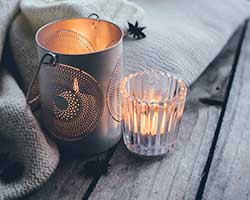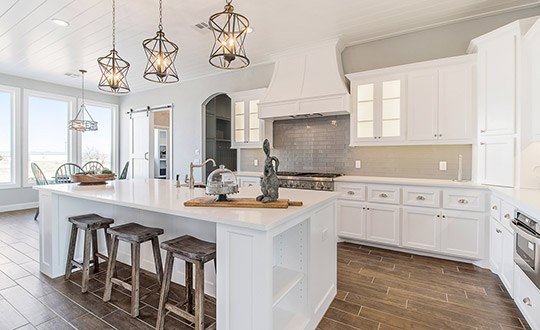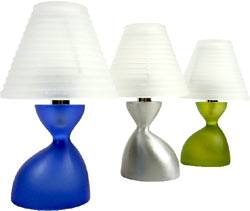
Many times good interior design counts on a certain kind of sleight-of-hand: The very best job is the one you don't notice, because it doesn't call attention to itself.
Good lighting, in a home or business, is one of those things that's invisible - if it's done well. You only notice the lighting of a room if it's too bright or too dim, not if it's just right. Our goal in offering this series of articles on Lighting is to give you some concrete advice on how to light a room so effectively that no one notices whether you're using florescent or incandescent lights, track lighting or standing lamps. They'll notice only that the room feels comfortable, and that they want to come back again.
As we've seen the previous installments of this Special Report on lighting, you can apply the NYIAD Guidelines to Interior Design to lighting, as well as to furniture selection and placement and other elements of planning a room.
The first two guidelines to consider are Function and Mood, addressed in the June and July issues of Designer Monthly.
The third guideline is Harmony, and this is where everything about Function and Mood come together.
The importance of harmony in a room cannot be overstated. Just imagine a living room with a overstuffed, ornately carved sofa and an ultra-modern end table. They just wouldn't go together.
Just as you want the other elements of a room to harmonize, so too the different lighting elements should act together in harmony to produce an interesting yet unified effect.
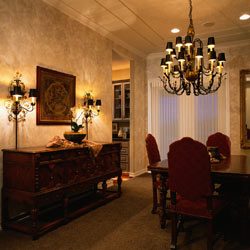
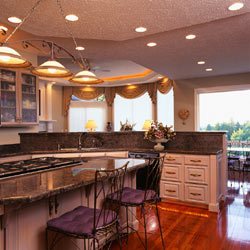
The unity that's achieved in harmony, however, does not mean monotony. The greatest failing in the lighting schemes of many amateur designers is that they don't offer enough variety in the lighting of a room, and then their lighting is monotonous.
NYIAD Tip
You can add variety by using different types of fixtures for different tasks, by having illumination flow in different directions, by having fixtures at different heights, and by providing different levels of intensity of light.
Of course, variety does not mean a crazy-quilt effect. All the different types of lighting you use in a room must work together in harmony.


